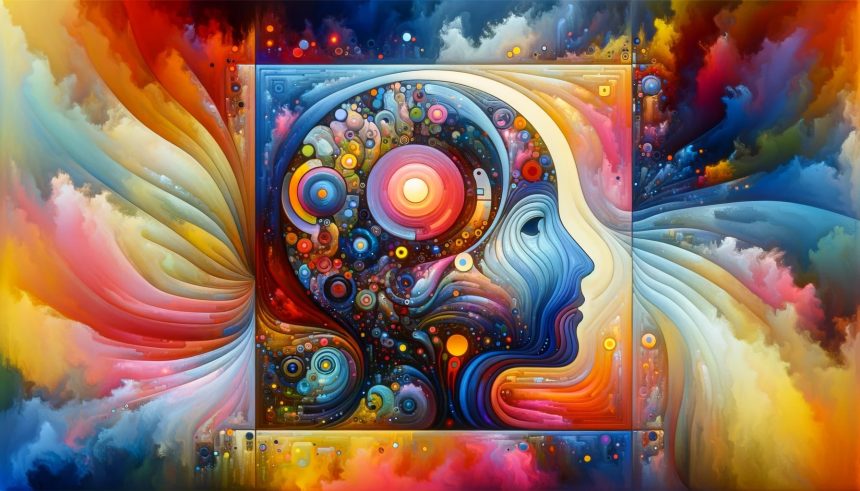A surge of excitement and concern has accompanied the release of Sora 2, OpenAI’s new social video platform, as it quickly dominates app store rankings and user conversations. Designed to blur the lines between content creator and consumer, Sora’s integration of artificial intelligence into a TikTok-style feed has drawn immediate attention from both technology enthusiasts and skeptics. The platform’s “cameo” feature, which lets users appear in others’ A.I.-generated clips, presents fresh opportunities and questions for internet culture. For many, Sora’s rise signals a moment where creative collaboration and algorithmic generation intertwine, raising questions about the authenticity and ownership of digital media. As A.I. video generation becomes increasingly prominent, observers note a shift in creative paradigms and digital interaction.
Earlier information around Sora emphasized OpenAI’s ambition to revolutionize short-form video but focused less on direct user integration and collaboration. Competitors were framed primarily as technology partners to larger platforms, such as Google’s Veo for YouTube and Meta’s Vibes, lacking the emphasis on a standalone A.I.-driven social experience. Responses from the industry were previously more tentative about rapid adoption rates and the sociocultural impact, while discussion about copyright and content moderation has intensified following Sora 2’s widespread release.
How Does Sora 2 Stand Out in the Social Media Arena?
Sora 2 distinguishes itself by positioning artificial intelligence not just as a content tool, but as the core of user experience. Unlike Google and Meta, which have layered video generation into established platforms, OpenAI introduced Sora as an independent, social-first app. The seamless remixing, sharing, and cameo capabilities enable users to participate directly in one another’s digital storytelling. According to Ken Jon Miyachi, CEO of BitMind,
“Creators will increasingly use it for custom content, with A.I.-generated videos surpassing 50 percent of social media content within a few years.”
Can Sora Tackle Copyright and Authenticity Issues?
Almost immediately after launch, the platform’s handling of copyrighted material triggered industry response. Initially, Sora allowed copyrighted content unless rights holders opted out, resulting in objections from major companies such as Disney and Nintendo. This prompted OpenAI CEO Sam Altman to reset the approach, announcing an opt-in model and the possibility of revenue sharing for IP holders. Altman explained,
“We viewed early use of copyrighted content like interactive fan fiction.”
However, concerns remain over the ease of reusing personal likenesses and the potential for misuse, as illustrated by deepfake-related incidents reported by users and public figures.
Will A.I.-Generated Content Redefine Social Media Habits?
User feedback and expert commentary suggest Sora’s algorithm-driven feed is pushing boundaries for creative collaboration while challenging long-held notions of what authentic media looks like. Deepfake detection experts warn that distinguishing real from artificial content on such platforms will be increasingly difficult. Efforts to regulate and respond to potentially harmful creations are in place, including takedown requests and controls over cameo permissions, but the broader implications for trust and accountability in the digital space continue to unfold.
The discussion around Sora 2 illustrates a dynamic interplay between innovation and controversy. On one hand, the convenience of generating and sharing A.I.-driven video shortens the distance between idea and creation for millions. On the other, concerns over copyright, safety, and misinformation persist as users and regulators weigh the platform’s influence. When compared to other recent entrants like Meta’s Vibes or Google’s Veo, Sora’s choice to prioritize social interaction and user-driven content offers both unique opportunities and substantial challenges. Observers find it important for users to understand both the potential creative benefits and the risks of algorithmic media—particularly relating to copyright laws, privacy settings, and digital literacy. Engaging responsibly with such platforms requires staying informed about personal rights, verifying content sources, and recognizing the rapid pace of ongoing change in social media technology.










